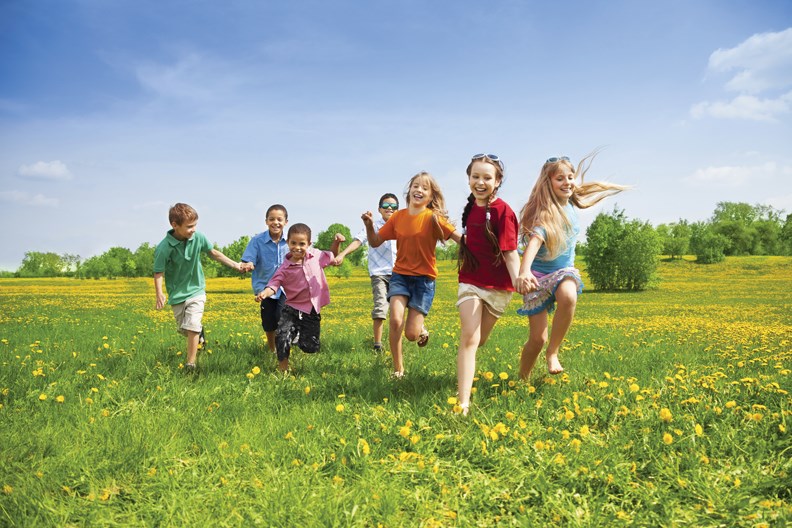How often have we heard that our kids don’t get enough exercise or that obesity has become an epidemic among children and young people? As parents, could we be part of the problem?
ParticipACTION, a national non-profit organization whose goal is to help Canadians sit less and move more, recently presented a report card on physical activity among children and youth. Called “The Biggest Risk is Keeping Kids Indoors,” the report highlights the problem by giving our kids a D-grade for overall physical activity.
This poor result reflects the fact that only nine per cent of those aged five to 17 years get enough physical activity. At very young ages, most kids get sufficient physical activity, but as they get older, they also becomes less active: only 14 per cent of kids aged five to 11 meet the guidelines of 60 minutes per day of moderate to vigorous activity. By ages 12 to 17, the number drops to only five per cent.
ParticipACTION’s prescription is to get kids outdoors to play and have fun, and not just in good weather. Research tells us that outdoor play is essential because kids are more active when they’re outside. In fact, they are twice as active as when they are indoors. And they get more heart-pumping activity, too.
As parents we need to consider our role in the dearth of outdoor play our kids see. Our efforts to intervene in our children’s lifestyles are well-meaning; they’re intended to ensure kids are healthy, safe and happy. Unfortunately, we are having the opposite effect. The report identifies this as the “protection paradox” where we overprotect kids to keep them safe, but as we keep them close and indoors, we may be setting them up to be less resilient and more likely to develop chronic diseases in the long run. Not only that, but when we actually get our kids outside, we often over-supervise their play. Research tells us that “children and youth are less likely to engage in higher levels of physical activity if a parent or supervising adult is present.”
As adults we often recall the thrills of our childhood: “It was way more fun back then.” That is probably because in those days we were engaged in what is now called “risky” play. We tested boundaries, explored the woods, rough-housed, moved fast.
ParticipACTION is not suggesting children be reckless, but we have to recognize that some risk is actually good for kids. We find that kids with ready access to unsupervised outdoor play have better-developed motor skills, social behaviour, independence and conflict resolution skills.
Still, we stick to the belief that it’s “dangerous out there.” In truth, outdoor play is safer than we think! For example, the odds of total stranger abduction are about one in 14 million (based on RCMP reports), and being with friends outdoors may further reduce this number. Broken bones and head injuries unfortunately do happen, but major trauma is uncommon. Most injuries associated with outdoor play are minor.
Still not convinced? How about the fact that Canadian children are eight times more likely to die as a passenger in a motor vehicle than from being hit by a vehicle when outside on foot or on a bike?
Kids who spend too much time indoors are more sedentary, which can lead to chronic disease such as type 2 diabetes, heart disease and mental health problems. In other words, it’s a good idea to get your kids to go outside to play. They’ll be all that much healthier and happier for it.



